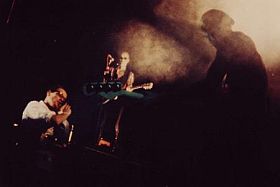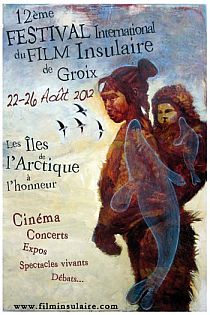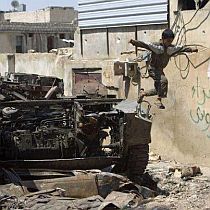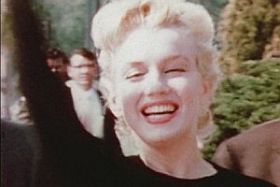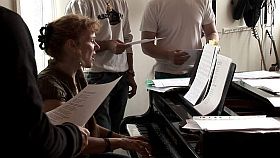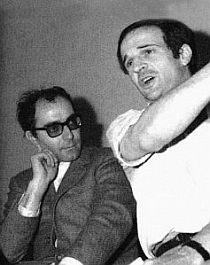


DocLisboa 2012
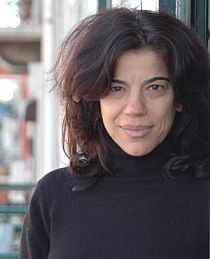
The fine documentary festival in the capital of Portugal celebrates its 10th edition this year, October 18-28. There are changes in the direction, which is now a collective, and there are exciting novelties in the programme. Here is the press release from the festival sent out today:
Cinema of Urgency and Green Years are two new festival sections : Cinema of Urgency brings together films that document and witness events that challenge filmmakers to rethink cinema in terms of direct action and concrete exercise of citizenship. Green Years embraces a selection of films produced in the context of schools for video, film and audio-visual communication, as well as in post-graduate courses related to cinema and in particular to documentary film.
In its 10th edition, the doclisboa will present two retrospectives : United We Stand, Divided We Fall and Chantal Akerman.
United We Stand United We Fall, a retrospective programmed by Italian film curator Federico Rossin, will present collective films that emerged during the 1960s to 1980s and focuses on the moments in which the political and social struggle forced the reinvention of cinematic practice and the status of the author.
In partnership with the Portuguese Cinematheque – Film Museum, the doclisboa will host a full retrospective of Belgian filmmaker Chantal Akerman, questioning documentary film and its relationship to other
cinematic and artistic practices.
The Festival includes as usual the sections International Competition, a selection of some of the best documentaries coming from all over the world, and National Competition presenting some of the best Portuguese documentaries completed during the last year.
In addition, the Festival counts with the sections Investigations (films that ask contemporary questions and explore cinema as a tool to investigate reality), New Visions (section curated by Augusto M. Seabra and projecting to challenge common categories and formats of documentary) and Heart Beat (section that proposes documentaries based on their relationship with music and the performing arts).
The complete schedule will be announced in September.
The new direction of the Festival, composed of Ana Jordão, Cinta Pelejà, Cíntia Gil and Susana de Sousa Dias (Photo), works as a collective understanding cinema as something to be shared and open to plurality, and is aware of the fact that organizing work collectively is at the same time a political statement.
